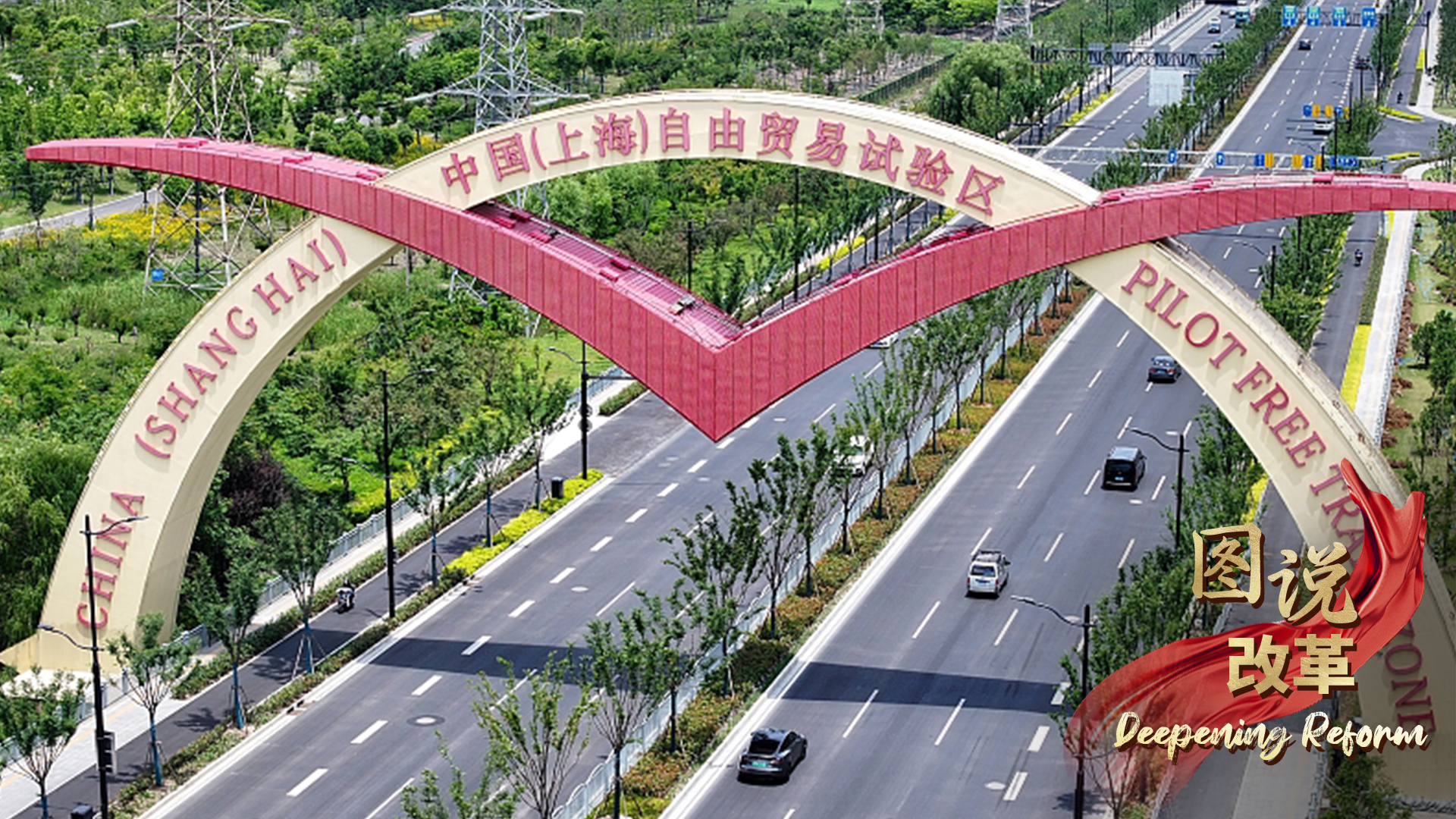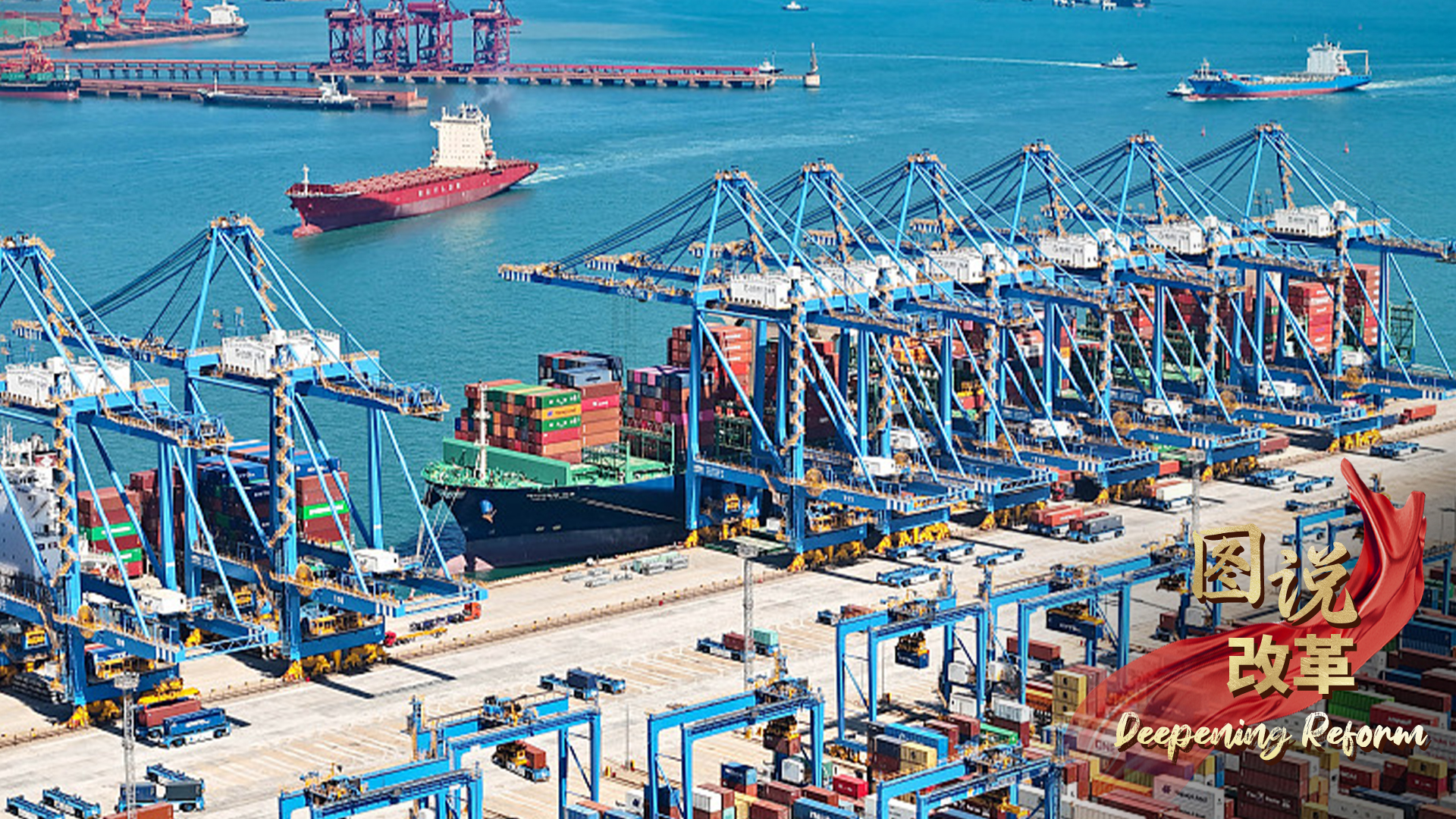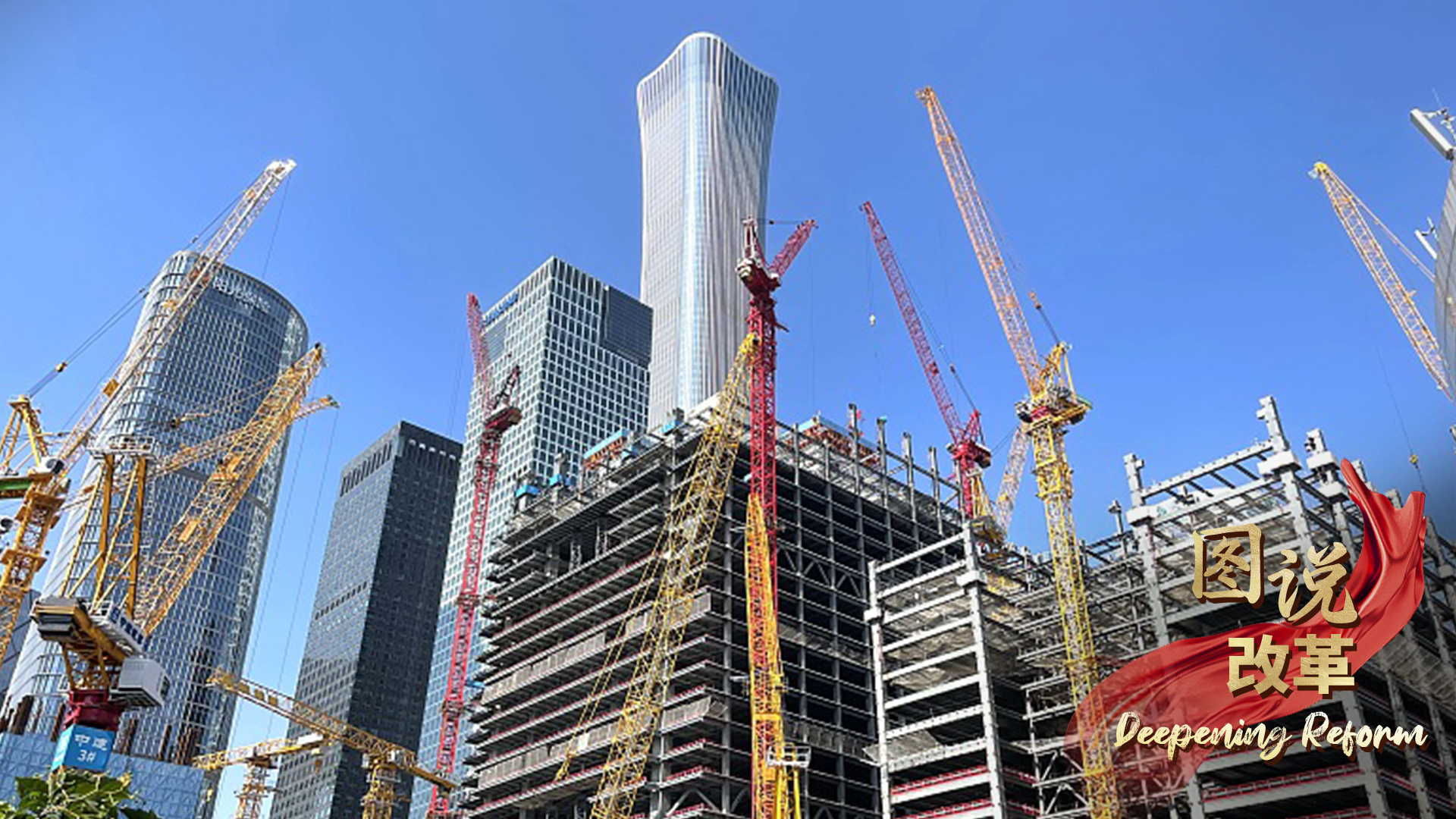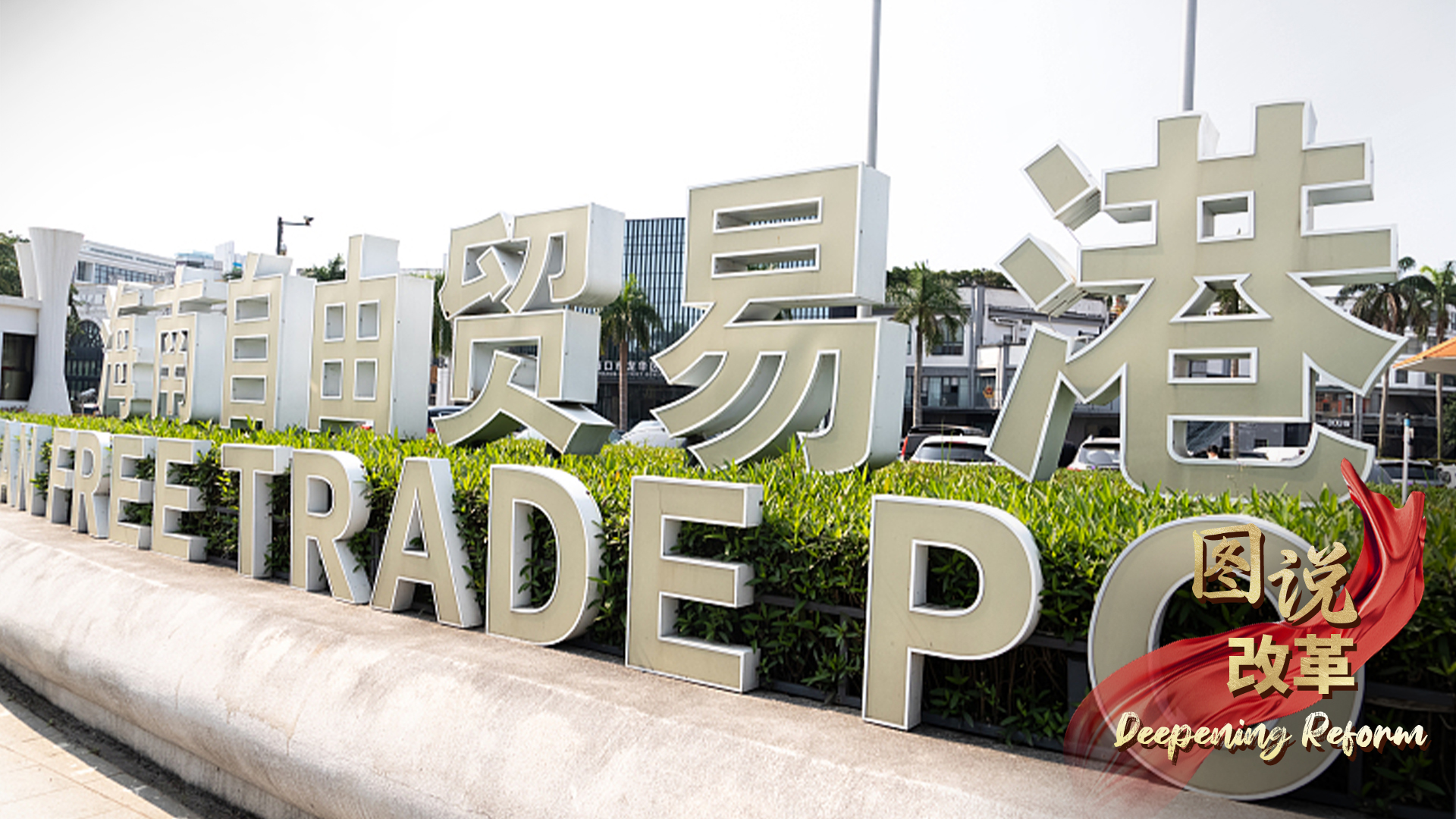FTZs set pace for China’s high-quality reform and opening up – CGTN
Hidden costs of EU’s tariffs on Chinese electric vehicles – CGTN
2024-07-12Revitalizing China’s development with new productive forces – CGTN
2024-07-12





Next
China has established 22 free-trade zones (FTZs) since 2013, when the first one was set up in east China’s Shanghai. From coastal areas to central inland regions and border provinces, these FTZs have been setting the pace for China’s high-quality reform and opening up.
The total volume of foreign trade at the 22 FTZs rose 11.7 percent year on year in the first two months of this year, with the FTZs in the provinces of Guangdong, Jiangsu, Sichuan and Hebei posting a growth of over 30 percent. Meanwhile, Hainan Province saw an increase of over 20 percent, according to data from the General Administration of Customs.
In late March, China also rolled out a national and a pilot FTZ version of the negative list for cross-border trade in services to boost opening up. The national version contains 71 items. It was the first time China had formulated a negative list for cross-border trade in services at the national level.
The pilot FTZ version of the negative list contains 68 items, covering fields such as occupational qualifications of natural persons, professional services, finance and culture. The measures aim to align China with international economic and trade rules and boost institutional opening.
